Mushrooms of the Northeast: A Simple Guide to Common Mushrooms (Mushroom Guides) Paperback – March 1, 2016 by Teresa Marrone , Walt Sturgeon
PAPERBACK
[288 pages]
PUB: March 01, 2016
Description
Author: Marrone Teresa
Brand: Adventure Publications
Features:
- Adventure Pubns
Package Dimensions: 16x148x272
Number Of Pages: 288
Release Date: 01-03-2016
Details: Product Description Learn more about wild mushrooms!Hundreds of full-color photos with easy-to-understand text make this a great visual guide to learning about more than 400 species of common wild mushrooms found in the Northeast.The species (from Morel Mushrooms to Shelf Mushrooms) are organized by shape, then by color, so you can identify them by their visual characteristics.Plus, with the Top Edibles and Top Toxics sections, you’ll begin to learn which are the edible wild mushrooms. The information in the book, written by Teresa Marrone and Walt Sturgeon, is accessible to beginners but useful for even experienced mushroom seekers. About the Author Teresa Marrone is the author of a series of field guides and highly regarded books on wild foods. She has written for national and local magazines and has been foraging wild edibles for more than 30 years. Walt Sturgeon is a nationally known field mycologist with 40 years of mushrooming experience. He has served as Foray Chairman of the North American Mycological Association and has won awards for photography and contributions to amateur mycology. Excerpt. © Reprinted by permission. All rights reserved. Top Edibles Cauliflower Mushrooms Sparassis spathulata, Sparassis americana Many books show pictures of this mushroom in a basket, on a plate, or being displayed proudly in someone’s hands. The first reason is to show the impressive size that this mushroom reaches, but the second may be that hunters who find this delicacy aren’t willing to show anyone exactly where in the woods they found it! Habitat: Cauliflower Mushrooms are saprobes, getting their nutrients from the buried roots of dying and dead trees. Found alone or in groups in mixed woods next to deciduous and coniferous trees. Description: This large, brain-like cluster mushroom is easy to recognize. It is made up of a mass of creamy white to tan-colored folds growing from a branching base. Some describe it as looking like a pile of egg noodles. Large examples may be up to 12 inches across, but most specimens are much smaller. This mushroom doesn’t have gills or teeth but a smooth surface on one side of the folded flesh to release its spores. Two species are found in our area; both look similar and both are highly sought-after edibles. S. spathulata
Be the first to review “Mushrooms of the Northeast: A Simple Guide to Common Mushrooms (Mushroom Guides) Paperback – March 1, 2016 by Teresa Marrone , Walt Sturgeon”
You must be <a href="https://webdelico.com/my-account/">logged in</a> to post a review.


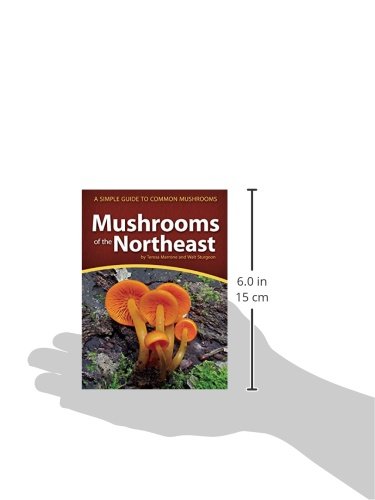



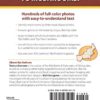



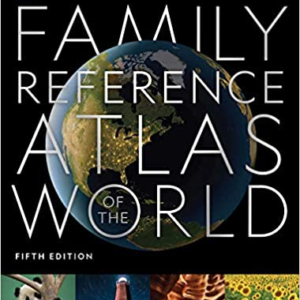


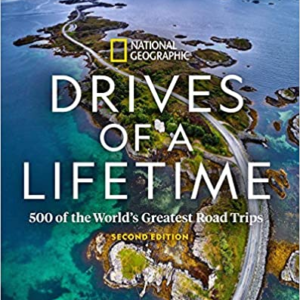
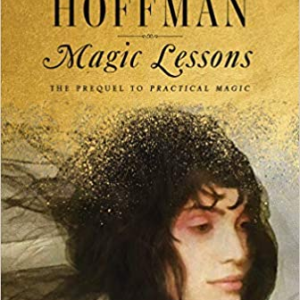

















There are no reviews yet.